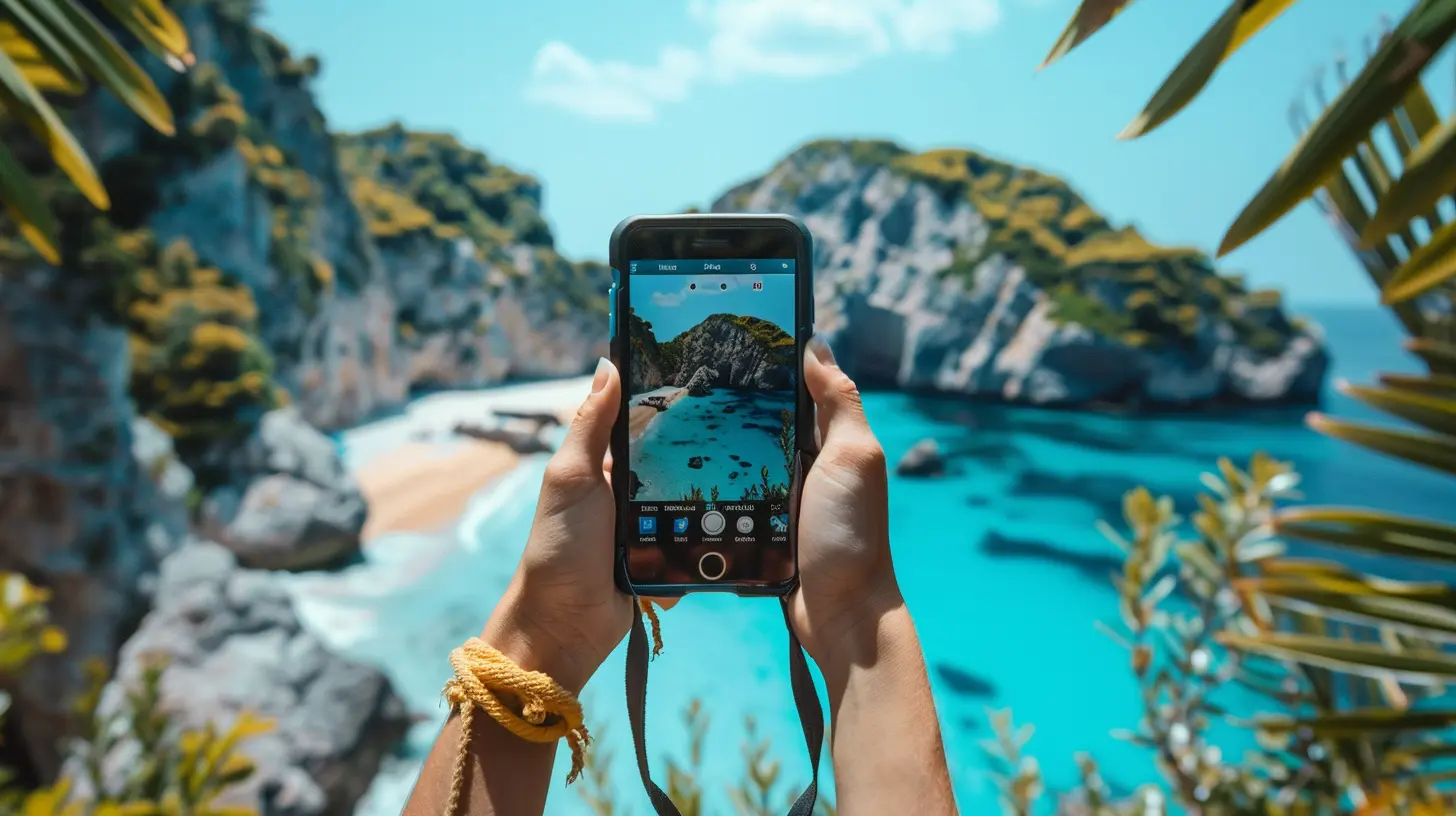Phony Social Media Travel Influencers and Scam Allegations
18 November 2025
Social media travel influencers are everywhere these days. They flood our Instagram, TikTok, and YouTube feeds with breathtaking destinations, glamorous outfits, and seemingly perfect lives. But have you ever wondered how much of it is real? Unfortunately, not all influencers are as genuine as they appear. Some fabricate their experiences, exaggerate their success, and even scam their followers.
In this article, we’re diving deep into the world of phony social media travel influencers, exposing the shady tactics they use, and shedding light on the rising number of scam allegations against them. Let’s separate the real wanderlusters from the social media fakers.

The Rise of Social Media Travel Influencers
Over the past decade, social media has transformed the way we experience travel. Gone are the days of flipping through travel brochures—now, we rely on influencers to inspire our next vacation. With just a smartphone in hand, they make a full-time living by posting picturesque scenes from exotic locations, promoting luxury resorts, and flaunting brand sponsorships.But behind the dreamy filters and cinematic drone shots, there’s often a much darker reality. Some influencers fake their entire lifestyle, duping their followers into believing they live a dream life that doesn’t actually exist.

How Phony Travel Influencers Fake It
Not every travel influencer is legitimate. Some fabricate their journeys in ways that range from minor embellishments to full-blown lies. Here’s how they do it:1. Photoshopped and Stolen Images
Ever seen a travel influencer post a picture that looks too perfect? There’s a good chance it might be stolen or heavily edited. Some influencers lift images from stock websites or even other creators, passing them off as their own. Others use Photoshop to insert themselves into famous landmarks they’ve never actually visited.A famous case of this happened when an influencer was caught Photoshopping herself into various destinations around the world—but in reality, she had never left her hometown!
2. Fake Sponsorships and Partnerships
Authentic influencers work hard to collaborate with reputable brands. However, some fraudulent influencers claim they have partnerships with luxury hotels, airlines, and travel companies to appear more successful. This tactic is meant to boost their credibility and attract real sponsors.They might tag luxury resorts they’ve never stayed in or pretend to be brand ambassadors for companies that have never even heard of them. Unfortunately, this deception misleads both their audience and potential business partners.
3. Buying Fake Followers and Engagement
Social media platforms thrive on engagement—likes, comments, shares, and follows. Since brands pay influencers based on audience size and interaction, some shady influencers take shortcuts. They buy fake followers, likes, and even comments to inflate their online presence.Brands looking to collaborate often fall for these inflated numbers, paying influencers who have no real impact on their audience. Meanwhile, genuine influencers who rely on real engagement struggle to compete.
4. Pretending to Live a Luxurious Lifestyle
Ever noticed a travel influencer flaunting first-class flights, private yachts, and five-star hotels? While some might genuinely afford such luxuries, others simply fake it.Some influencers stage their content by:
- Taking pictures in first-class cabins they aren't actually flying in (they sneak in for a quick photoshoot and then head back to economy).
- Renting luxury clothes, cars, or even hotel rooms for a few hours just to give the illusion of an extravagant lifestyle.
- Staying at high-end locations for free in exchange for "exposure," despite having little influence.
It’s all about creating a fantasy that keeps the followers hooked, even if it’s far from reality.

Travel Influencer Scams: When Deception Goes Too Far
While some influencers simply exaggerate their experiences, others take things to an unethical extreme—scamming people for financial gain. Here are some of the most common travel influencer scams:1. Fake Giveaways and Contests
Many influencers use giveaways to attract more followers and engagement. Some, however, never actually deliver the promised prizes. They’ll announce a luxurious giveaway—like an all-expenses-paid vacation or free airline tickets—only to disappear once they’ve gained thousands of new followers.Others collaborate with shady businesses that never send the prizes, leaving their followers feeling scammed.
2. Paid Travel Packages That Never Happen
Some influencers claim to offer “exclusive travel experiences” where followers can pay to join them on lavish trips. However, several scandals have emerged where travelers paid thousands for these trips, only to find out they were poorly planned or didn’t happen at all.In one infamous case, an influencer charged people for a luxury group trip but failed to secure the accommodations or travel arrangements, leaving everyone stranded. Many never saw their money again.
3. Fake Charitable Causes
Another growing scam involves influencers claiming to support charitable causes—such as raising funds for struggling locals or disaster relief efforts. Some collect donations but never actually distribute the money as promised.Using charity as a scam tactic not only deceives kindhearted followers but also damages the reputation of legitimate charitable efforts.

How to Spot a Fake Travel Influencer
Not sure whether a travel influencer is genuine? Here are a few ways to spot a phony:- Check their engagement: Do they have thousands of followers but very few likes or comments? It could be a sign of fake engagement.
- Look for inconsistencies: Do their travel pictures seem suspiciously perfect? Are they claiming brand partnerships that seem unlikely?
- Verify their images: A quick reverse image search on Google or using tools like TinEye can help you check if their photos are stolen.
- Be wary of unrealistic giveaways: If an influencer constantly promotes extravagant giveaways with no real winners, something’s fishy.
- Research their background: Have they been accused of scamming before? A quick online search can reveal if they have a history of shady business practices.
The Future of Travel Influencing: Can We Trust It?
Despite the growing number of phony influencers, social media travel content isn’t doomed. In fact, many travel influencers still create genuine, valuable content. The key is to be cautious and support those who are transparent and honest.Platforms like Instagram and TikTok are also cracking down on fake engagement and fraudulent activity through stricter policies and AI detection tools. This means scammy influencers will have a harder time fooling their audiences in the future.
As followers, we need to stay sharp. Rather than blindly trusting every dreamy travel photo, let’s do our research, ask questions, and look beyond the filters. After all, real travel experiences are about more than just picture-perfect moments—they’re about genuine adventures, culture, and personal growth.
Final Thoughts
Fake travel influencers are everywhere, but that doesn’t mean we have to fall for their tricks. By staying informed and aware, we can support genuine creators who truly inspire us to travel the world—not just those trying to sell us a fantasy.So next time you see a travel influencer flaunting a picture-perfect life, take a moment to question—how much of it is real? Because in the world of social media, not everything is as it seems.
all images in this post were generated using AI tools
Category:
Travel ScamsAuthor:

Shane Monroe

